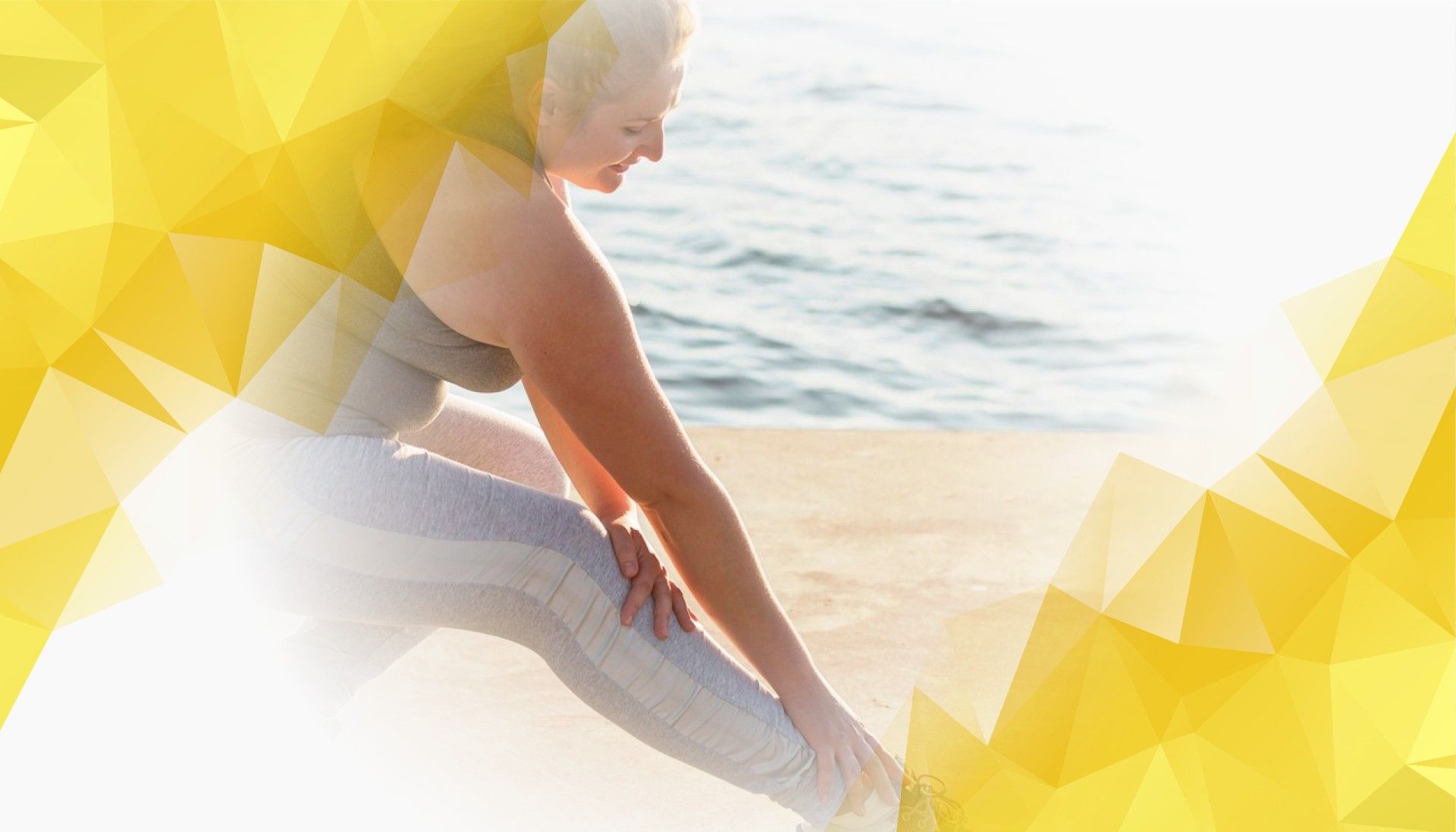Understanding the Challenge: Living with Knee Osteoarthritis and Meniscus Tears
Knee pain is a common obstacle for people as they age or stay active, and it’s often caused by two main issues: knee osteoarthritis and meniscus tears . These conditions can make simple activities—like walking, climbing stairs, or standing for long periods—uncomfortable and challenging. Many people turn to medications, physical therapy , or even surgery, but these solutions don’t always provide lasting relief or fully restore knee function . That’s why exploring new, more effective treatments is so important. One exciting advancement is MAI Motion , a breakthrough in knee rehabilitation that’s giving new hope to those dealing with persistent knee pain.
What Are Knee Osteoarthritis and Meniscus Tears? A Quick Overview
To appreciate how MAI Motion works, it helps to understand these knee problems. Knee osteoarthritis happens when the smooth cartilage that cushions your knee joint wears down over time. Without this protective layer, the bones start to rub together, causing pain, stiffness, and swelling. Meniscus tears involve damage to the rubbery, C-shaped cartilage inside the knee that acts as a shock absorber and helps keep the joint stable. These tears can happen suddenly during sports or develop slowly from years of everyday movement or aging.
The risk of developing these issues increases if you’re overweight, have a history of knee injuries , or do activities that put a lot of stress on your knees . Traditional treatments focus on managing symptoms like pain and swelling, but they don’t always address the underlying problem or stop it from getting worse. With knee osteoarthritis becoming more common worldwide, discovering better ways to protect and restore knee health is more important than ever.
What Makes MAI Motion Different? A New Approach to Healing Knees
MAI Motion is transforming knee rehabilitation by focusing on active, guided movement rather than passive treatments. Its approach centers on carefully designed motion therapy alongside advanced biomechanical support. Instead of simply easing pain , MAI Motion encourages patients to actively strengthen the muscles around the knee, enhance joint stability, and retrain their knees to move more efficiently.
With recent advancements in technology, motion-based monitoring and rehabilitation are now more accessible. Tools like marker-less motion capture—technology that tracks movement without placing sensors on the body—make it possible to personalize rehabilitation in a precise and comfortable way.
This means patients often use wearable devices that track their movements and provide instant feedback, so exercises are performed correctly and safely. Programs are personalized to each person’s condition and progress, leading to better results. Studies show that active, tailored therapy like this can reduce inflammation, support healthy cartilage , and speed up recovery. By harnessing the body’s natural healing through controlled movement, MAI Motion doesn’t just mask the pain—it addresses the causes behind knee osteoarthritis and meniscus tears.
How Does MAI Motion Compare to Traditional Treatments?
Comparing MAI Motion to traditional options like standard physical therapy, medications, or surgery reveals some clear advantages. Traditional treatments often focus mostly on pain relief and may not fully restore mobility or prevent future injuries. MAI Motion, however, uses adaptive exercise programs aimed at improving long-term joint health and overall mobility.
Thanks to cutting-edge motion capture, clinicians can accurately identify and track meaningful recovery milestones—like improvements in range of motion or changes in how you walk—without requiring patients to undergo complicated testing.
Clinical studies show that patients who use MAI Motion often see greater improvements in range of motion, experience less pain, and build stronger muscles than those following standard care. Since MAI Motion is non-invasive, it also avoids the risks and downtime associated with surgery, making it an appealing choice for many looking for effective, low-impact knee care.
Putting MAI Motion Into Practice: What Patients Can Expect
If you’re curious about what starting MAI Motion looks like, here’s what to expect. Your journey begins with a thorough assessment of your knee ’s strength, movement, and pain levels. Based on this assessment, your healthcare provider develops a personalized exercise program just for you. Often, you’ll wear motion sensors or benefit from motion capture technology that offers instant feedback, helping you get the most out of each exercise and ensuring you’re moving safely.
Marker-less motion capture allows for a more natural rehabilitation experience, since it doesn’t require cumbersome equipment or markers, making the process more comfortable.
You’ll be encouraged to practice your tailored exercises regularly, with your program adjusted as you progress. Many patients notice significant improvements in knee function and pain within just a few weeks. Throughout your rehabilitation, clinicians closely monitor your progress to ensure you’re getting the most benefit without overexertion. This supportive, personalized approach empowers you to take an active role in your recovery—a crucial ingredient for long-term success.
Key Terms to Know
While learning about knee health and MAI Motion, you’ll encounter terms like “ knee osteoarthritis ,” “ meniscus tear ,” “rehabilitation,” “motion therapy,” “joint stability,” and “clinical outcomes.” Understanding these fundamentals can help you feel more informed and confident as you navigate the rehabilitation process and see how MAI Motion can make a difference.
Looking Ahead: The Future of Knee Care with MAI Motion
In summary, MAI Motion is redefining how we treat knee osteoarthritis and meniscus tears. Its blend of targeted, personalized motion therapy and modern technology creates a more dynamic and effective alternative to conventional treatments. Patients enjoy greater mobility, less pain, and a quicker return to the activities they love. For healthcare providers, MAI Motion is a valuable tool that can improve outcomes and enhance patient care.
As technology evolves and research advances, the opportunity for MAI Motion to revolutionize knee rehabilitation only grows. Embracing these innovative solutions is the key to helping people stay active, comfortable, and healthy—even in the face of challenging knee conditions .
References
Wen, Y., Verma, T., Whitehead, J. P., & Lee, P. (). Empirical Validation of a Streamlined Three-Repetition Sit-to-Stand Protocol Using MAI Motion. Applied Sciences, 15(10), Article 5688. https://doi.org/10.3390/app15105688
Armstrong, K., Zhang, L., Wen, Y., Willmott, A. P., Lee, P., & Ye, X. (2024). A marker-less human motion analysis system for motion-based biomarker identification and quantification in knee disorders. Frontiers in Digital Health, 2024. https://doi.org/10.3389/fdgth.2024.1324511
Armstrong, K., Wen, Y., Zhang, L., Ye, X., & Lee, P. (2022). Novel clinical applications of marker-less motion capture as a low-cost human motion analysis method in the detection and treatment of knee osteoarthritis. Journal of Arthritis, 11, Article 53. https://doi.org/10.4172/2167-7921.2022.11.053

